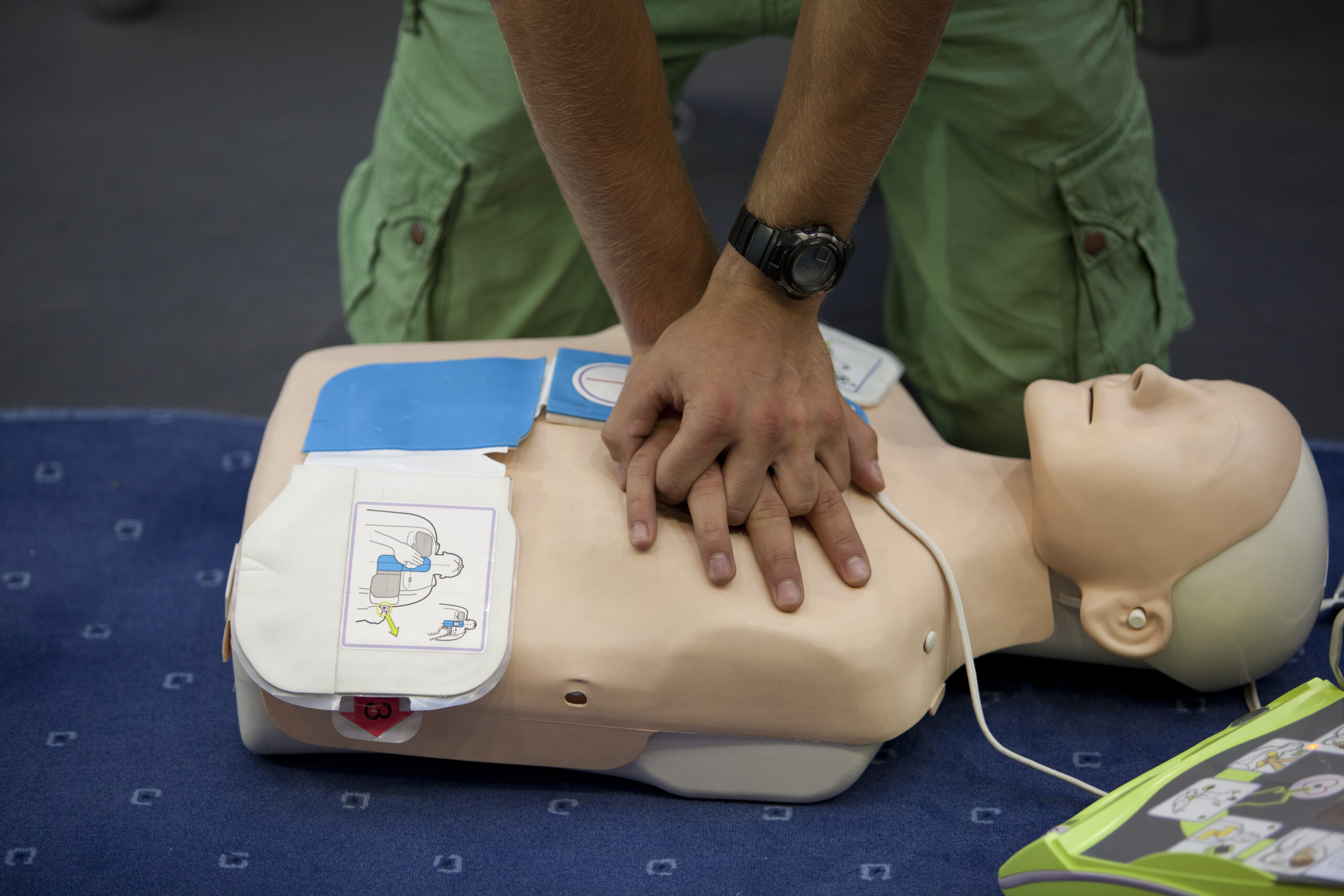
It’s easy to forget how lucky we are living in our modern era, where technological marvels are readily on hand to assist us, should illness strike. Everywhere we visit will likely be equipped with at least one Automated External Defibrillation (AED) device, as well as trained staff ready to use it. But it didn’t always used to be that way.
In the blog, Team Med explores the history of defibrillation, and how the procedure might develop in the future.
Defibrillation Discovery
Defibrillation itself has actually been around for quite a while. Back in 1899, it was first revealed at the University of Geneva by prominent physiologists, Frédéric Batelli and Jean-Louis Prevost. The pair were in the midst of conducting research on ventricular fibrillation (a condition where the chambers of the heart quiver ineffectually, due to heart beats with rapid and erratic electrical impulses) when they stumbled upon the discovery. Batelli and Prevost found they could induce fibrillation in dogs, as well as defibrillation with the application of high-current shocks directly to the heart’s surface.
A ground-breaking discovery, but unfortunately, Batelli and Prevost still had more to learn in the field. The extraordinarily high voltage was too much for the dog’s heart, and most future discussion surrounding defibrillation was centred on its negative effects, rather than its potential. Thankfully, research never died completely, and several decades later, another breakthrough occurred.
Tablespoons Saving Lives
In 1947, Claude S. Beck, a surgeon from the United States, recorded the first example of shocks successfully restarting a human heart. It was on a 14-year-old boy, whose heart had stopped during surgery. Fortunately for the child, Beck had long held a theory that the heart could be restarted once it had stopped beating, and had actually been working on a rudimentary machine that could administer the necessary shocks. Racing against the clock, Beck had his project transported from the hospital basement and brought into his surgery, where he put it into use. At first, it failed, but after delivering a second shock, the boy’s heart did, in fact, start to beat again. The remarkable thing? Beck’s machine consisted of two mere tablespoons with wooden handles in order for him to administer the jolt! Perhaps even more unbelievable is that, despite the success, it wasn’t for many years that someone would build upon Beck’s crude, initial design.
External Defibrillation & the Father of Modern Electrophysiology
Up until 1956, all defibrillation practices had to be conducted directly to the patient’s heart. Then, physician Paul Zoll performed the first closed-chest (external) defibrillation, using a more sophisticated machine produced by electrical engineer William Kouwenhoven. Far less invasive and easier to apply, this really kick-started the field out of its previous, negative perceptions, and left Paul Zoll, MD to be known as the father of modern electrophysiology.
Going Portable
Building on from Zoll’s success, Northern Irish professor Frank Pantridge invented the world’s first portable defibrillator in 1965. His 150-pound device utilised a car battery to produce a current, and was installed in ambulances. Further innovation came in 1978, when the world’s first Automated External Defibrillator (AED) was revealed. It came with handy instructions and simple processes to ensure that even people outside of the medical profession could operate them.
The Future of AEDs
Great strides have been made since to elevate the capabilities and ease of use with AEDs. In fact, they have become so simple that most public places, such as schools, offices, sport stadiums, airports, gyms and more, are required to have them, as they have proved to improve survival rates of cardiac arrest.
In the future, it is possible for innovation to enhance AEDs even further. One area for improvement could be data collection for later use. This can be derived from the EKG stored in the AED’s memory after use, ready to be downloaded for research that could benefit the design of later models. Devices could also become sophisticated enough that, when applied, they actually inform the user whether a shock is needed or not.
Find the finest range of AEDs and defibrillation technology available from Team Med today. To learn more, contact us today on 1300 22 44 50.
